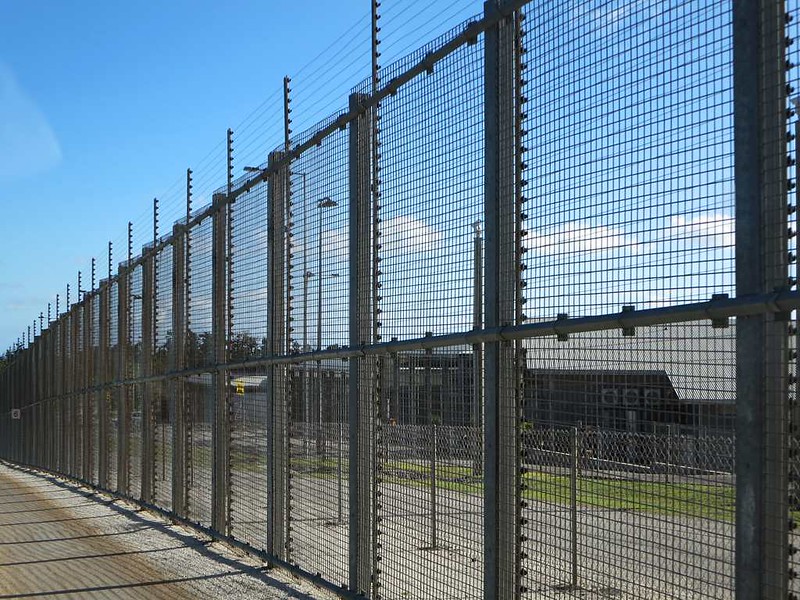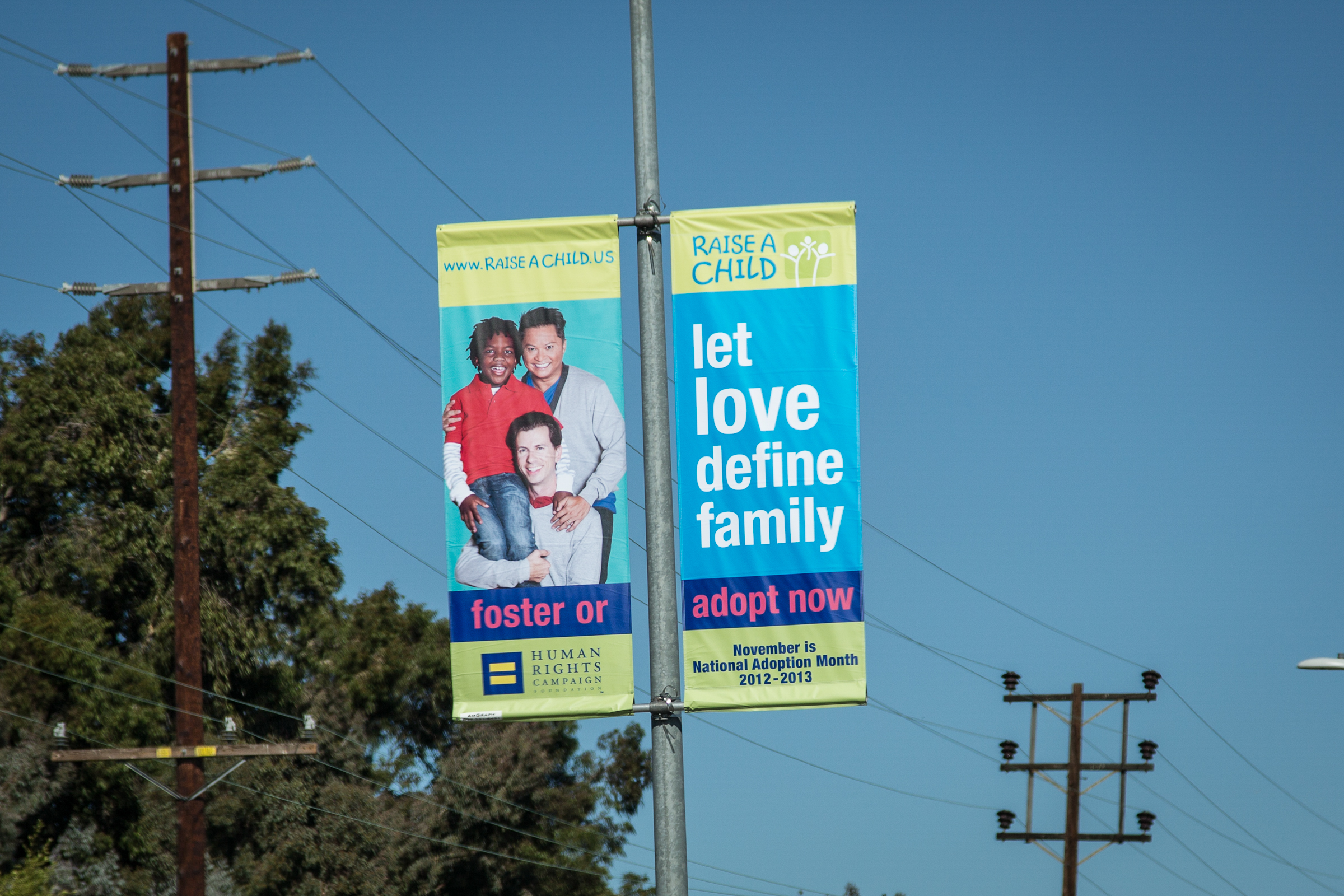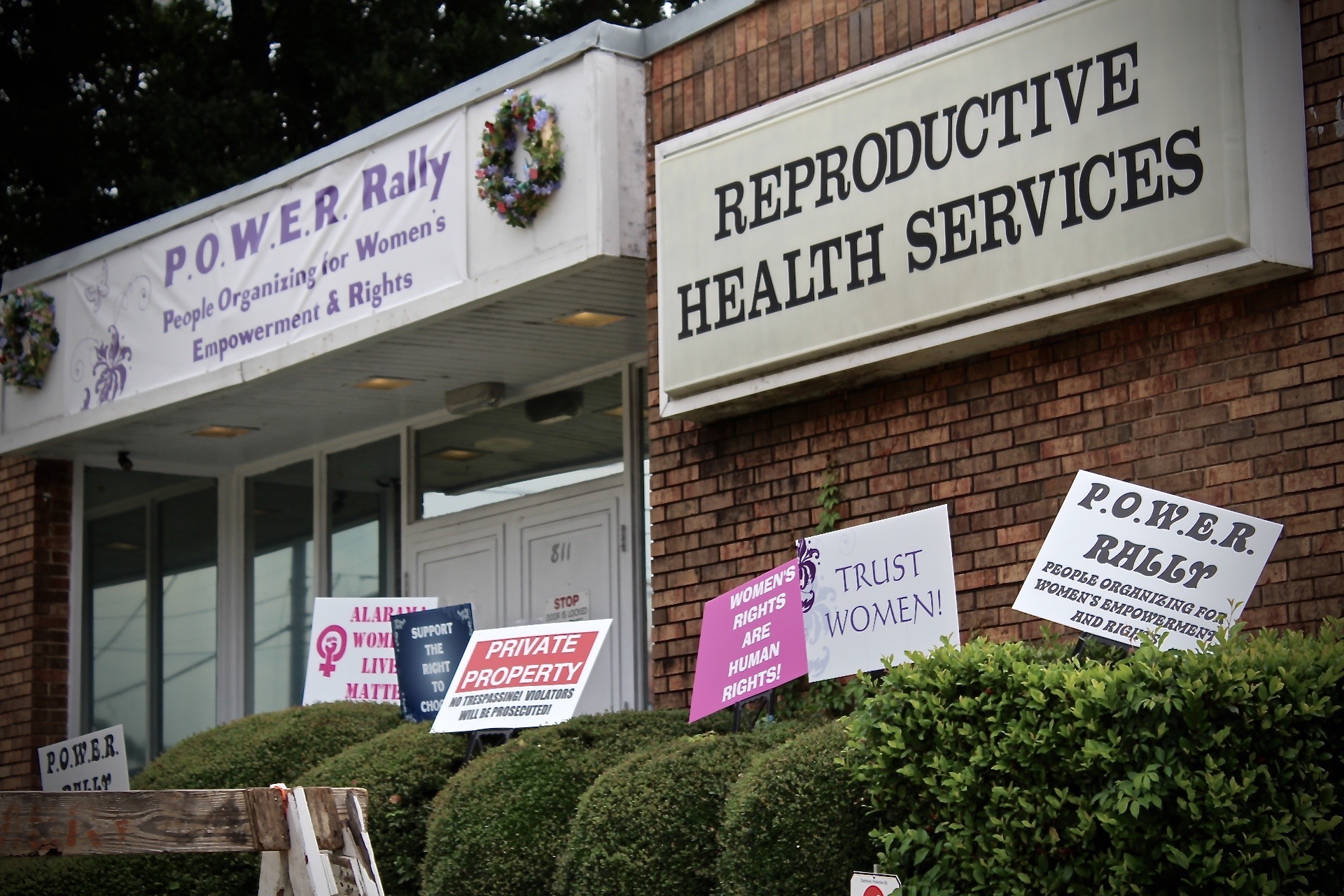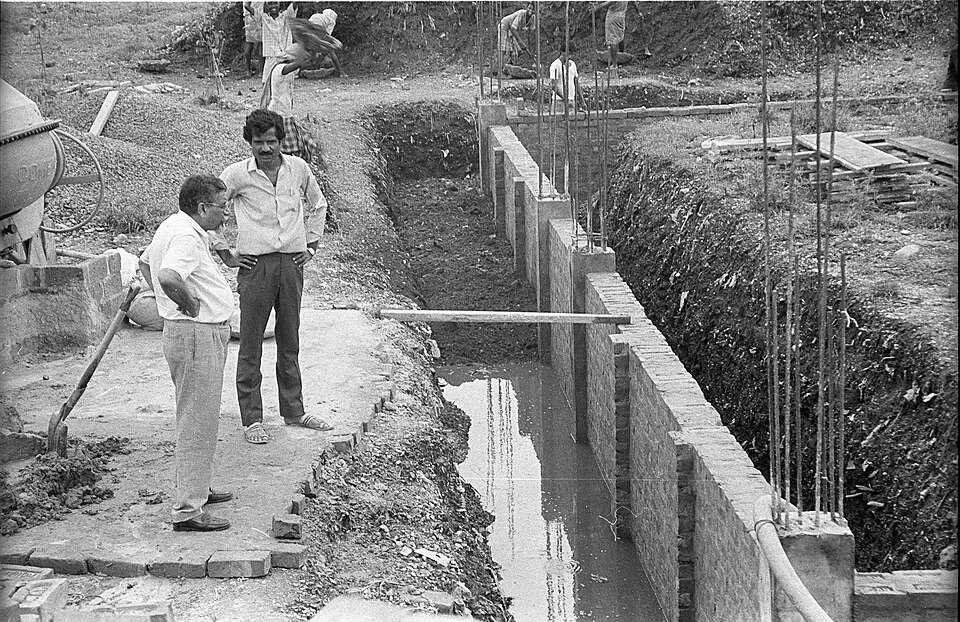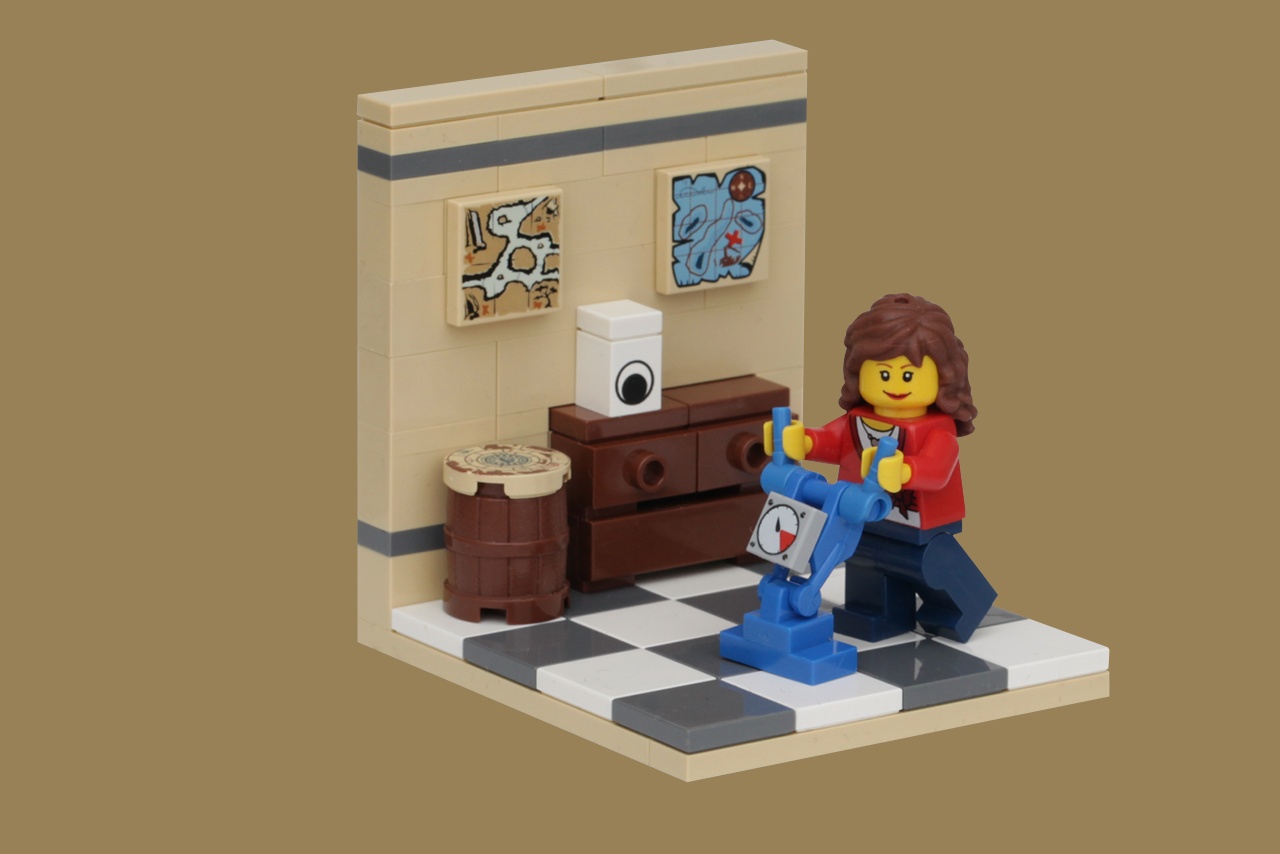
When women have children, they often earn less than women without kids. This is called the motherhood penalty, and it happens for many reasons. Mothers may step out of work for a time, cut back on hours, or pass up promotions to care for children. Employers may also assume that mothers are less committed to their jobs. In any event, the result is that mothers earn less than fathers and less than women without children, even when they have the same skills and education.
A new study by Jennifer Hook and Meiying Li asks whether family-friendly government policies can shrink this earnings gap. They looked at nearly 3 million workers in 26 mostly high-income democracies over a twenty-year period. Their focus was on two kinds of support: childcare spending and paid parental leave. The logic behind the emphasis on these two policies is straightforward – if parents have access to affordable childcare and paid leave, mothers can more effectively balance work and family responsibilities which should help narrow the pay gap between mothers and non-mothers as well as between men and women.
But the results are mixed. On the one hand, short paid leaves (six months or less) and public childcare policies that apply to both mothers and fathers seem to help mothers stay in the workforce without widening the pay gap. Mothers benefit because they can recover from childbirth, care for infants alongside their partners, and then return to work with support systems in place. Childcare spending also makes it easier for both parents to remain employed, rather than forcing women to choose between work and family.
On the other hand, when paid leave extends beyond six months, the story changes. Hook and Li find that in countries with long leave, the gender earnings gap widens – not only for mothers but for all women. Employers may start to see hiring or promoting women of childbearing age as risky, assuming the women will eventually take extended leave. As a result, women may be passed over for promotions, training, or equal pay, regardless of whether they have children. Long-leave policies also affect men: when leave is mostly taken by women, men may face stigma or financial penalties for taking time off, reinforcing the idea that caregiving is women’s work. This limits fathers’ involvement at home and deepens gender inequality both at work and in families.
These findings show that not all family policies work the same way – and that even the most well-meaning policies can have unintended and even negative impacts. Short leave and childcare help women participate in the labor force without penalty. Very long leave, while designed to help families, can unintentionally hurt women’s pay overall by reinforcing stereotypes about who will leave work and who will stay.
The bigger picture is that the motherhood penalty is not just about individual choices, but about how workplaces and policies treat women. Policies that encourage shared caregiving and quick re-entry into the workforce can help close the gap. But if policies signal that only women will step away from work for long stretches of time, they may deepen the very inequality they are meant to solve.


